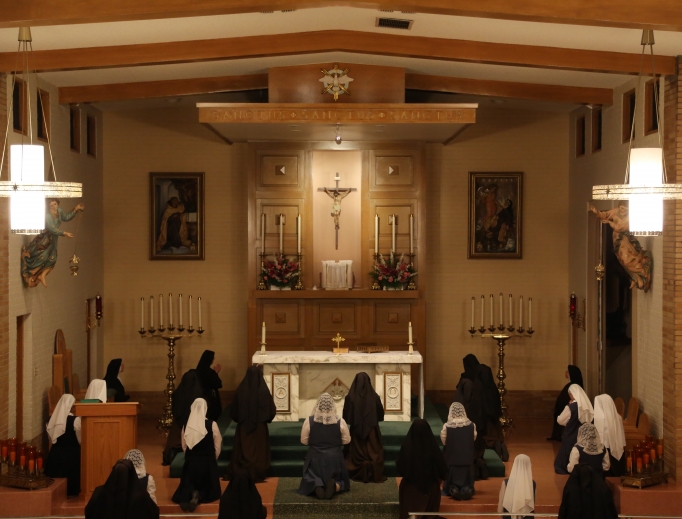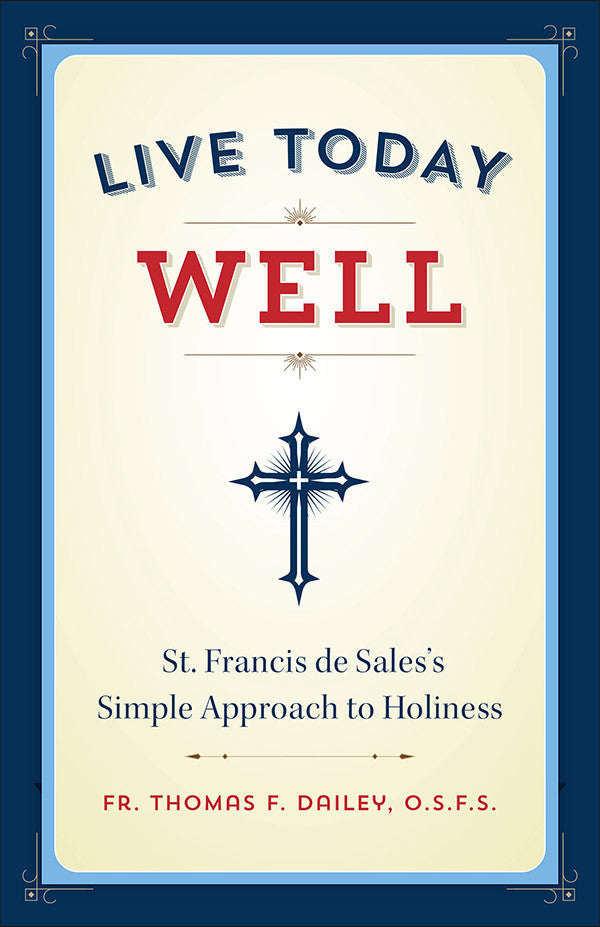
(Note that in Augustine’s time Christians applied the word "priest" to bishops, but not to the lower rank of clergy that are today called "priests" in English.) Indeed, the following extract from what St Augustine (AD 354- 430) wrote in AD 397 still holds, in the twenty-first century, for the actual practice, as distinct from the theoretical position, of those who take a divergent stance on the importance of the link with the "seat of the Apostle Peter": when speaking formally, they may say "Roman Catholic Church" or employ a similar limiting phrase, but in ordinary everyday conversation they accept and may even themselves use the term "Catholic Church".

The choice of the phrase "Roman Catholic Church" should not be interpreted as opposition to the use, for this Church, of the simpler term "Catholic Church", which its members prefer. The relationship between the Western or Latin and the Eastern Churches within the Roman Catholic Church is dealt with below. Since the term "Catholic Church" has multiple meanings (see Catholicism), this article uses the term "Roman Catholic Church", to avoid confusion. Other religious practices include fasting, prayer, penance, pilgrimage and meditation.Īccording to the Catechism of the Catholic Church, the Church's first purpose is "to be the sacrament of the inner union of men with God." Thus the Church's "structure is totally ordered to the holiness of Christ's members." ( Catechism of the Catholic Church 775, 773) As well as ordained secular clergy, the Church encourages monasticism, and has many orders of monks, friars and nuns who live in celibacy, and devote their lives entirely to God. The teaching authority or magisterium of the Church bases its teachings on both Scripture and apostolic tradition. It accomplishes this goal through teaching and through administration of sacraments, including baptism, communion, and forgiveness of sins, through which God grants grace to the believer. The Roman Catholic Church has a membership in every country on Earth.The Church sees itself as instituted by Jesus Christ for the salvation of souls.

Pope Benedict XVI, like all popes, is considered by Roman Catholics as the Vicar of Christ and therefore leader of all Christendom. Overview File:Popebenedictxvi firsttimeonthrone.jpg 6 Particular Churches within the single Roman Catholic Church.The principal bishopric is that of Rome, whose occupant is known as the Pope, considered to be the successor of Saint Peter, the chief of the Apostles. The world is divided into 2755 (at the end of 2004) bishoprics (more commonly called dioceses), each with a presiding bishop, responsible for the religious welfare of the believers in his geographical area.

It is a hierarchical organization in which ordained clergy are divided into the orders of bishops, priests and deacons. (For history see History of the Roman Catholic Church.) The Roman Catholic Church is also both the largest and the oldest continuously operating institution in existence. "Successor of Peter" refers to the Pope, currently Pope Benedict XVI. The Second Vatican Council's Decree on the Church Lumen Gentium, 8, declared that "the sole Church of Christ which in the Creed we profess to be one, holy, catholic and apostolic" has a concrete realization (the Latin term is "subsistit") "in the Catholic Church, which is governed by the successor of Peter and by the bishops in communion with him". It also claims unbroken Apostolic Succession from St. It claims that it is both organizationally and doctrinally the original Christian Church, founded by Jesus Christ.

The Roman Catholic Church is the largest religious denomination of Christianity with over one billion members. The statue in the foreground is of Saint Peter, held by the Catholic Church to be the first Pope.


 0 kommentar(er)
0 kommentar(er)
